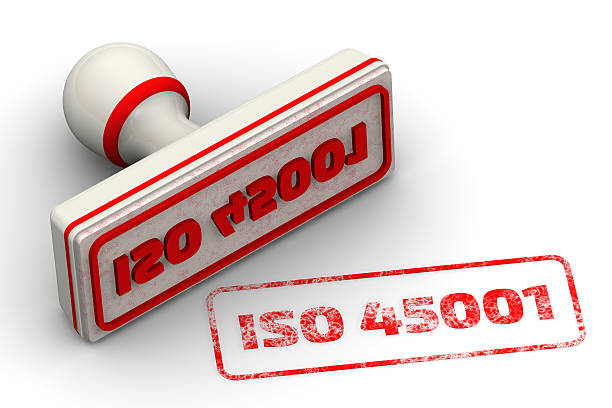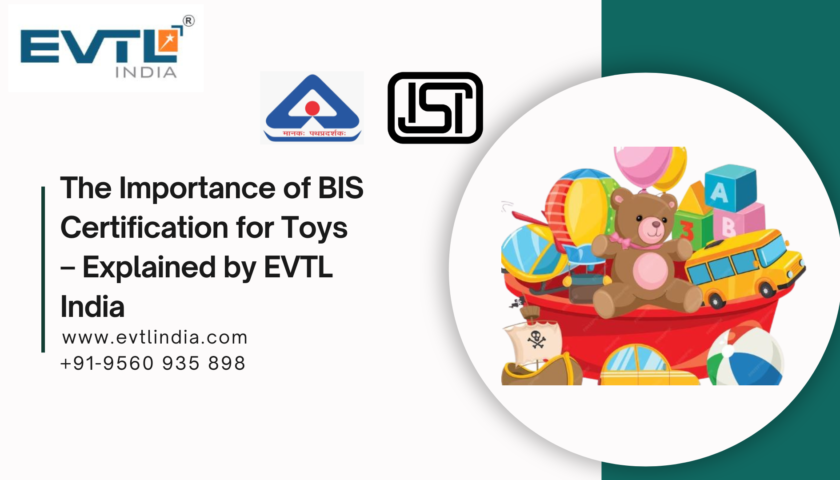I. Introduction to ISO 45001 Certification
A. Overview of ISO 45001 and its purpose in occupational health and safety (OHS).
ISO 45001 is an internationally recognized standard for Occupational Health and Safety (OHS) that helps organizations create safer and healthier work environments.The primary purpose of ISO 45001 is to establish a framework for identifying, assessing, and controlling workplace risks, ultimately reducing accidents and improving employee well-being.By implementing an effective OHS management system, organizations can ensure that safety is integrated into daily operations, leading to fewer injuries and a stronger focus on the health of their workforce.ISO 45001 emphasizes continuous improvement, empowering businesses to regularly evaluate their safety practices and address emerging risks, thus creating a culture of safety throughout the organization.
II. Key Requirements of ISO 45001 Certification
A. Risk assessment and identification of workplace hazards.
Risk assessment and the identification of workplace hazards are central to ISO 45001’s approach to safety. Organizations must systematically assess the risks employees face, whether they stem from physical dangers, unsafe work processes, or health-related issues. The process involves identifying potential hazards, evaluating their impact, and determining appropriate preventive and corrective measures. By proactively addressing these risks, companies can implement effective controls that reduce accidents and injuries. Regular risk assessments and hazard identification ensure that the OHS management system remains responsive to changing conditions, helping the organization stay ahead of emerging safety challenges and continuously improve its approach to workplace safety.
B. Employee engagement and training for OHS awareness.
Employee engagement and training play a crucial role in achieving ISO 45001 certification and ensuring workplace safety.Engaging employees in safety initiatives fosters a sense of shared responsibility and encourages active participation in identifying and addressing risks. By providing ongoing OHS education, organizations can increase awareness, improve compliance with safety procedures, and create a more proactive, safety-conscious workforce.
III. ISO 45001 and Risk Management
A. Identifying, evaluating, and controlling risks in the workplace.
Identifying, evaluating, and controlling risks in the workplace are central components of ISO 45001’s approach to occupational health and safety. The first step in this process is to identify potential hazards that could harm employees, whether physical, chemical, biological, or ergonomic in nature. Once hazards are identified, they must be thoroughly evaluated to determine their potential impact on worker health and safety.This evaluation includes assessing the likelihood of an accident occurring and the severity of its consequences.Once the risks are understood, effective controls are implemented to eliminate or minimize exposure.Regular reviews and updates to the risk management process ensure that new hazards are identified, and existing risks are continually reassessed, keeping workplace safety as a top priority.
B. The proactive approach to preventing accidents and protecting workers.
ISO 45001 promotes a proactive approach to preventing accidents and protecting workers. Rather than waiting for incidents to occur, the standard encourages organizations to focus on prevention by identifying risks before they lead to accidents. Through the implementation of effective safety measures and controls, organizations can minimize the potential for harm. These measures can include introducing new equipment, improving safety protocols, modifying work practices, or providing personal protective equipment. By prioritizing proactive safety strategies, ISO 45001 helps organizations not only comply with legal requirements but also protect the well-being of their employees, fostering a safer, more productive work environment.
C. How ISO 45001 helps mitigate both physical and psychological risks.
ISO 45001 also addresses both physical and psychological risks, recognizing that employee well-being extends beyond physical safety. While many OHS systems focus primarily on physical hazards, ISO 45001 acknowledges that psychological risks—such as stress, harassment, or burnout—can also impact workers’ health and performance. The standard encourages organizations to create an environment that promotes mental well-being by addressing factors like workload, workplace culture, and support for mental health. By managing both physical and psychological risks, ISO 45001 creates a comprehensive approach to risk management, ensuring that employees are protected in all aspects of their work life.This holistic approach not only helps reduce absenteeism and improve morale but also contributes to a more engaged, healthy, and resilient workforce.
IV. ISO 45001 Certification and Supply Chain Safety
A. Ensuring suppliers and contractors meet ISO 45001 requirements.
Ensuring that suppliers and contractors meet ISO 45001 requirements is another critical aspect of maintaining supply chain safety. Organizations that are ISO 45001 certified should require their suppliers and contractors to implement similar safety practices to ensure a unified approach to risk management. This can involve requesting evidence of their own OHS management systems, conducting safety audits, and offering support or training to help suppliers comply with ISO 45001 standards.By aligning the supply chain with ISO 45001’s rigorous safety requirements, businesses reduce the risk of accidents, injuries, and legal liabilities, while also promoting a culture of safety across all external relationships.
B. Strengthening supply chain relationships through safety-focused practices.
Strengthening supply chain relationships through safety-focused practices not only enhances safety but also builds trust and collaboration between organizations and their partners.When companies prioritize safety in their supply chain, they demonstrate a commitment to long-term, mutually beneficial relationships with suppliers and contractors.By integrating safety requirements into supplier agreements and fostering open communication about safety standards and expectations, organizations can create a stronger, more reliable network.This collaborative approach helps ensure that all parties are invested in maintaining high safety standards, improving operational efficiency, and reducing the risk of disruptions.Ultimately, a safety-focused supply chain leads to fewer incidents, greater resilience, and enhanced reputation for all involved.
V. ISO 45001 Certification and Supply Chain Safety
A. Managing risks across the supply chain to ensure consistent safety standards.
Managing risks throughout the supply chain is essential for maintaining consistent safety standards across all levels of operation. ISO 45001 requires organizations to not only address internal safety concerns but also ensure that their supply chain partners adhere to the same high standards of occupational health and safety (OHS). By identifying potential risks within the supply chain—such as unsafe work conditions, inadequate training, or lack of proper safety measures—businesses can implement preventive actions to reduce accidents and injuries.This comprehensive approach ensures that safety is maintained from the sourcing of raw materials to the delivery of the final product, creating a more resilient and safer supply chain overall.
B. Ensuring suppliers and contractors meet ISO 45001 requirements.
Ensuring that suppliers and contractors meet ISO 45001 requirements is a critical component of managing supply chain safety. For organizations to maintain a consistent level of safety, they must require their suppliers and contractors to adhere to the same OHS standards. This includes verifying that they have their own effective health and safety management systems in place, conducting audits, and collaborating on risk assessments.If a supplier or contractor falls short of ISO 45001 standards, it may be necessary to provide additional support or training to help them align with these requirements.By making safety a condition for working with external partners, organizations ensure that all parties are committed to the same safety goals, which minimizes risk and maintains compliance across the entire supply chain.





